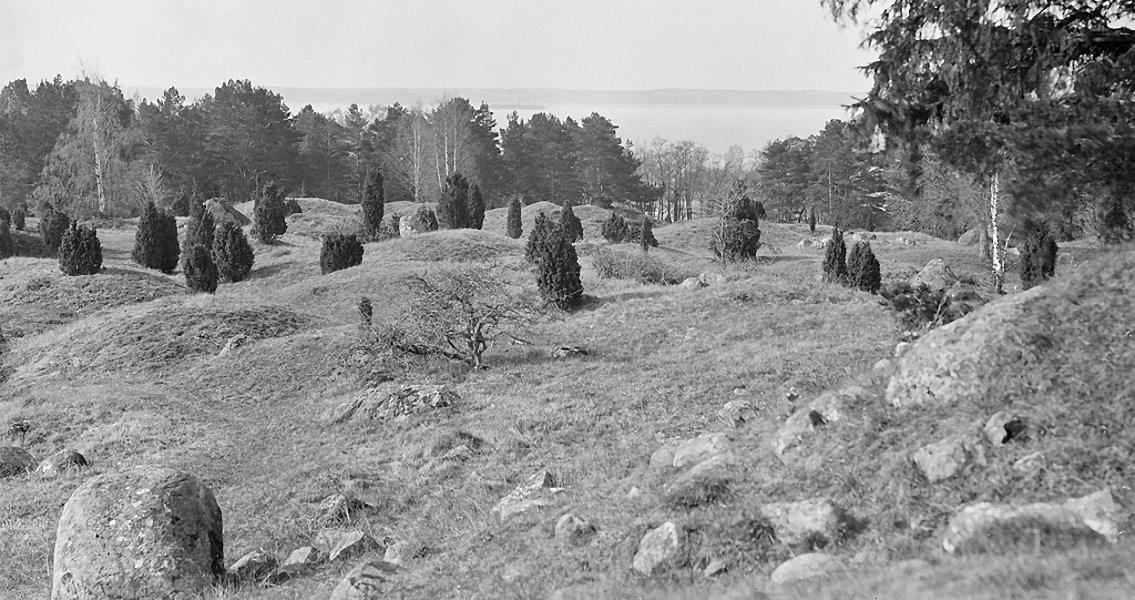<![CDATA[Vikings undertook expeditions to Islamic countries, a ninth-century ring shows. More than a century after it was originally discovered, an engraved ring has provided evidence of contact between Viking-era Scandinavia and the Islamic world. Originally unearthed during the 1872-1895 excavations near the Viking trading centre of Birka, 15.5 miles west of Stockholm, the ring provides a unique insight into Viking history. The ring was recovered from the rectangular wooden coffin of a woman. Despite the skeleton being completely decomposed, other jewellery, brooches and the remains of clothes suggested the burial was from around 850 CE. The silver ring features a pink-violet coloured stone with an inscription that reads "for/to Allah" in Arabic Kufic writing. While a few rings of similar design have been found at Birka and other Scandinavian sites, this is the only Viking Age ring with an Arabic inscription found in Scandinavia. This inscription proves that there were links between Scandinavia and the Islamic world in the Viking era. New analysis has created high-resolution, three-dimensional images of the ring. Using a scanning electron microscope, the researchers - led by Sebastian Wärmländer from Stockholm University - revealed some intriguing details about the design. For a long time, it had been thought that the pink stone was an amethyst. “Our analysis shows that the studied ring consists of a high quality (94.5 percent) non-gilded silver alloy, set with a stone of coloured soda-lime glass with an Arabic inscription reading some version of the word Allah,” Wärmländer and colleagues wrote in their report of the study, recently published in the journal Scanning. Despite being glass instead of amethyst, this does not indicate that the ring was of less value. “Coloured glass was an exotic material in Viking Age Scandinavia,” Wärmländer said. The team's scans also revealed that the ring was in exceptional condition. Filing marks were still visible on the metal surface, made when silversmiths had removed flash and mould lines after casting. The lack of wear on the ring indicates that it passed from the Arabic silversmith who made it to the woman in the grave in Birka with few, if any, owners in between. This, for Wärmländer et al., shows that trade links existed between Viking Scandinavia and the Islamic world. Swedish rune stones and medieval sagas attest to such long-distance travel in the Viking Age. These ancient accounts, however, also describe encounters with giants and dragons, so it has been unclear how seriously we should take these stories. The new study of the Birka ring supports these stories with material evidence, enhancing our understanding of the period. "The material analysis conducted here not only improves our understanding of the finger ring itself, but also helps us to advance our knowledge of the historic period from which it came to us," the report concludes. For more information: www.onlinelibrary.wiley.com Image courtesy of Wikimedia Commons user: File Upload Bot (Magnus Manske)]]>
Arabic Inscription Found on Viking Ring
